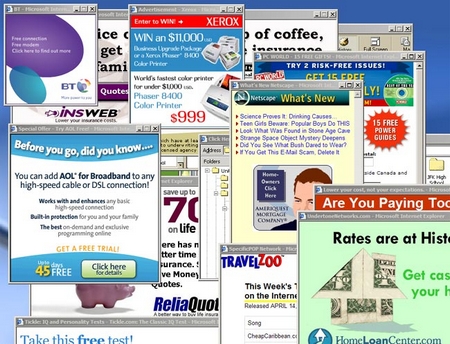 Business / Digital Marketing
Business / Digital Marketing
Is your company website taking forever to load? A slow website could be having a negative effect on your ability to attract new customers – visitors to your website won’t be able to access the information they need quickly and so may grow impatient and look elsewhere. There are a number of reasons as to why a website could be having trouble loading. Here are a few possible explanations along with advice on how you can improve your website’s speed.
 You’re using too many plug-ins
You’re using too many plug-ins
If your site is WordPress-based, using too many plug-ins could be to blame for your website’s slow speed. Social media buttons, analytics tools, security widgets, mailing list pop-ups and all manner of other plug-ins could be resulting in very bulky code. Website builders such as WordPress are already very code heavy and adding extra plug-ins only increases the amount of code. There are plug-ins that aim to make your website faster, but combined with a whole load of other plug-ins, you could find that it’s not making much of a difference.
Using too many plug-ins is usually a sign that WordPress isn’t right for your needs. Many people use plug-ins as a way of giving WordPress-based sites more flavour so that they look less generic and template-y. Taking the decision to invest in a website that is coded from scratch could give you the personalisation that you need without having to require so much code. A professional web designer will be able to create a brand new static HTML website for you whilst keeping your domain name, hopefully resulting in a much faster site.
Your website’s images are unoptimized
Full-resolution uncropped images could also be to blame for your slow loading website. In most cases, images don’t need to be uploaded in their full size and full quality – their huge file size will only slow down your website. Consider optimising your images by scaling them down and reducing the quality.
If when opening an image on your computer you have to zoom out to view it in its entirety, it’s likely the image is overly large and could do with resizing or cropping. You can resize an image using Adobe Photoshop or even simply using Microsoft Paint.
As for the quality, you may be able to reduce this by 10 -20% without any impact on the clarity of the image. There are many photo optimising tools such as Gimp that can be used to do this – this is most effective with JPEG images. Reducing quality will reduce the file size and make an image less likely to slow down your site.
Finally, you may want to consider the file format. JPEG is the generic file format for images and is the best for internet browsing – if your photos are saved as PNG files, it could be worth converting them as PNG files aren’t supported by all browsers.
There are too many videos and animations
Embedded videos and Flash animations can also slow down a website if there are too many of them. Not only do they result in bulkier code, they may put more strain on the person’s browser.
One embedded video generally won’t have much of an impact on your site, but multiple videos could start to have an impact. Consider having videos on different pages or linking to them if you want to display lots of them. Youtube is one of the most reliable sites for embedding videos from – if you embed a video from a lesser known site, make sure that this itself is a fast-loading website as embedded media will only load as fast as the site it came from.
As for animations, too much Flash can result in a lot of code. Flash is also not supported by all browsers (it doesn’t load well in Safari), which could mean that some people simply can’t view it. There are ways to make Flash less demanding on a browser such as using XML, more of which you can learn about here.
There are too many ads and pop-up
Adverts – particularly pop-up ads and animated/autoplay video ads – can significantly slow down a website. They are embedded media and use up a lot of code – whilst they can help to monetise your website, you should be very careful about allowing too many of them as they could make your website slow to the point of unusable.
Pop-ups meanwhile such as cookie consent pop-ups, chatboxes and mailing list pop-ups can also slow down a website if there are too many of them. Decide whether you really need four different pop-ups to appear before a visitor can view you content – too many pop-ups can often be annoying and could put off visitors.
It’s a web hosting problem
The web host that you are using could also be to blame for slow loading speed. Whilst shared cloud servers have become the norm, many people are now finding that these web hosts can result in slow loading times as you’re sharing a server with lots of other websites, all of which can impact one another.
Switching to a virtual private server (or VPS) could result in much faster loading times, whilst having other advantages. You can learn more about VPS hosting and its benefits here. There are lots of VPS companies to consider – it’s well worth shopping around to find the best pricing and services for you needs.
It could be a local connection/technology problem
Before assuming that everyone is having trouble loading your site, check that it’s not just your private internet connection leading to slow loading times or indeed the device you’re using. If other websites are loading slowly, it could be a sign that it’s more of a local issue. Use other devices and other wi-fi connections to check if your site is still running slowly. Bear in mind that certain internet browsers may also react differently – as mentioned earlier, Safari reacts badly to website with Flash, whilst other browsers may not have so much of a problem.
Header image: Photo by Johan Desaeyere on Unsplash


